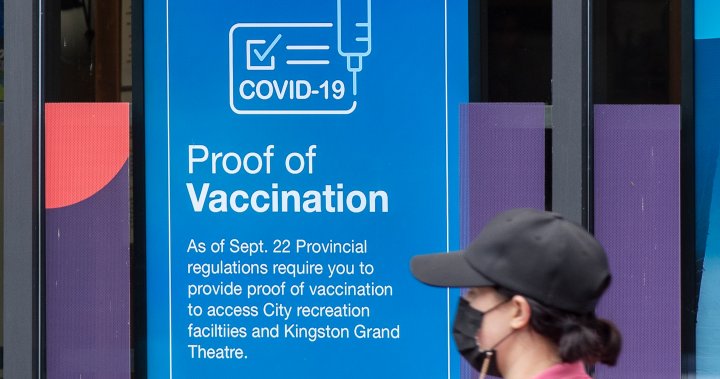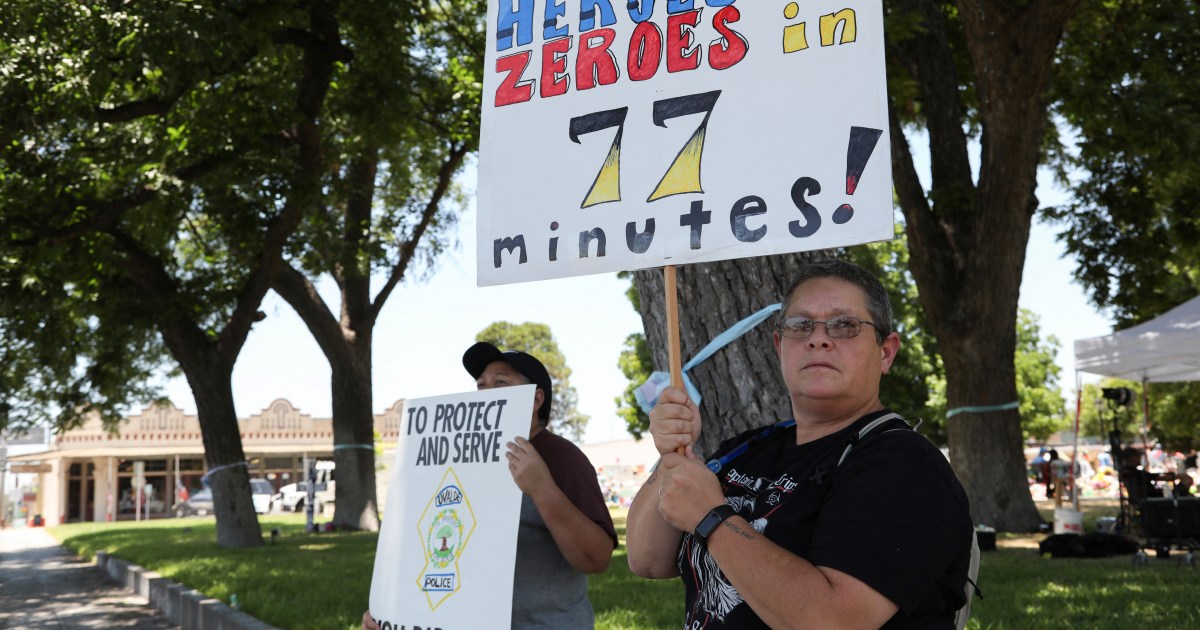Australia’s new plan for cheaper EVs
Samantha Hawley: Hi, I’m Sam Hawley, coming to you from Gadigal Land. This is ABC News Daily. There are so few electric cars in Australia, you probably know very few people who drive one. While the Europeans and Americans are surging ahead, we haven’t even had a national plan to boost sales, until last week when the government released a new strategy. Today, an electric vehicle expert on whether we can catch up with the rest of the world and how soon will all be driving one.
Dr Dia Adhikari Smith: Dr. Dia Adhikari Smith, research fellow with the University of Queensland, Dow Centre and School of Civil Engineering.
Samantha Hawley: Dia It’s pretty clear, isn’t it, that petrol vehicles will very soon be a thing of the past. But here in Australia it really feels like we’re so far away from that reality, doesn’t it?
Dr Dia Adhikari Smith: Yeah, that’s right, we are, and one of the reasons being we do not really have a proper national EV strategy to keep pace with the global trend towards clean energy, reducing greenhouse gas emissions and meeting climate change commitments.
Samantha Hawley: Yeah, so we do now, don’t we?
Dr Dia Adhikari Smith: Yes, we do.
Samantha Hawley: The Federal Government has released its first electric vehicle strategy, outlining how it plans to remove barriers to buying EVs. Chris Bowen and Catherine King, they’re the ministers, they’ve announced this new strategy, it’s quite incredible, isn’t it, that we haven’t actually had this sort of strategy in Australia up until now. They say it’s the biggest shake up of Australia’s car market in decades.
Energy Minister Chris Bowen: It’s years overdue for Australia. We’ve wasted a decade. We have not now a moment to waste and so we’re getting on with the job. But of course there’ll be a lot of detail.
Samantha Hawley: Is that right?
Dr Dia Adhikari Smith: Well, what I have read, it’s a 56-page report and it’s focusing on improving the availability, affordability and the charging infrastructure for EVs to reduce emissions, to lower costs for vehicle owners and to expand the range of options in the country. And the other most important topic is what everyone’s talking about is the fuel efficiency standard, which we do not have in Australia. Now this plan also includes an initiative to introduce a fuel efficiency standard which is expected to help reduce carbon emissions by a lot, like at least 3 million tonnes by 2030.
Energy Minister Chris Bowen: Job to do, of course, but fuel efficiency standards are an important step forward for our country. We’re committing the Albanese Government to developing them and to doing more work over the course of this year to make them a reality.
Samantha Hawley: Okay, So let’s look at this fuel efficiency standard and what it is and what it will do, how it will work. Incredibly, Australia and Russia were the only countries in the OECD that didn’t have one of these. So now we’ve got one or we’re getting one, just tell me what is it and what will it do?
Dr Dia Adhikari Smith: Yes. So Australia never had a fuel efficiency standard which which measures or regulates the average carbon dioxide or CO2 emission levels from new vehicles supplied annually by a manufacturer. And this is in place in most other major economies to reduce greenhouse gas emissions. Australia is one of the major economies, other than Russia, without the standard resulting in limited availability of affordable options and making the country as some people, quote unquote, a dumping ground for less efficient and polluting vehicles.
Samantha Hawley: Yeah. So this fuel efficiency standard, which we will now have, that will force manufacturers to prioritise sales of electric vehicles. So potentially we’ll have more electric vehicles in this country because at the moment they’re not that easy to buy, are they?
Dr Dia Adhikari Smith: Now we have, like last year, 2022, the sale of EVs in Australia only accounted for around 3.8% of new vehicle sales, which is considerably lower than the global average of around 10 to 12%.
Reporter: By wealthy country standards, Australia is a nation of gas guzzlers. The Electric Vehicle Council estimates at the end of last year there were about 83,000 electric cars on the road. That’s about half a per cent of all cars and of course.
Dr Dia Adhikari Smith: Significantly less than the leader in this area, Norway, where over 80% of new vehicles sold are electric. So not having these standards have resulted in Australia receiving less efficient and more polluting vehicles and limited choices for Australian consumers when buying an EV new.
Reporter: Cars we’re buying tend to be less efficient, producing more emissions per kilometre driven than Japan, the European Union and the US.
Dr Dia Adhikari Smith: So of the hundreds of EV models available in Europe and US, we only have a fraction of them.
Samantha Hawley: Yeah. Which is, which is pretty frustrating actually. Yeah. So, so car makers, they’ll need to ensure the average emissions of all cars they sell in a given period, they fall below a certain threshold. So it’s just forcing them, actually forcing them to sell more EVs.
Dr Dia Adhikari Smith: Yes, that’s right. That’s right. So fuel efficiency standards, they involve a fleet wide average emissions or efficiency standard target set. So manufacturers will pay a penalty for exceeding that target based on the average of the new vehicles they sell. And overseas evidence, like from other countries where they have robust and ambitious fuel efficiency standards, they show that this encourages vehicle manufacturers to make more EVs available and to market them more heavily. And also an ambitious fuel efficiency standard signals manufacturers to invest in increased EV supply.
Samantha Hawley: All right. So the government says it’s now going to consult the public and industry to finalise the details of this. But, do we know what the target is in Europe and the US? For instance, they want EVs to account for two thirds of passenger vehicles sales by 2032. In nations like the UK and Japan, they’ll ban sales of petrol vehicles between 2025 and 2030. So what’s our target? Do we know what our target is?
Dr Dia Adhikari Smith: Well, we can look at other countries while designing our fuel efficiency standards. So for example, the Europe, US and even New Zealand with their new fuel efficiency standards that they have announced recently, they have separate targets for passenger cars and light commercial vehicles to reduce CO2 emissions. So they are designed differently based on different countries like in Europe. They have the targets set every five years while it’s annually in the US and in New Zealand. The targets in the US were also recently like we had the announcement from the Biden administration where they recently tightened to expect at least 67% of new cars sold to be electric by 2032.
US President Joe Biden: A future of the automobile industry that is electric. Battery electric, plug in hybrid electric fuel cell electric. It’s electric and there’s no turning back. The question is whether.
Dr Dia Adhikari Smith: So looking at these different designs and different way of designing these standards, I think are the experts and the consultation paper that the government has put forward, we can come up with the ideal plan or design for Australia.
Samantha Hawley: Yeah, I mean, these are really ambitious targets, aren’t they? Sort of within the decade. It’s hard to imagine that we’d make such a big shift in such a short time. Are there barriers here in Australia that perhaps other nations in Europe, for instance, don’t face?
Dr Dia Adhikari Smith: Well, there are barriers related to upfront cost and because they are way more expensive and as the result means it comes back to the standards again, because we don’t have the standards, we don’t have enough supply of EVs, we don’t have enough models available.
Samantha Hawley: Not to mention, I suppose as well that we live in a huge country. And when I speak to people who and I don’t know that many, to be honest, but when I do speak to people that have electric vehicles, one of their biggest problems is finding charging stations. And of course, if you’re travelling long distances in Australia, that becomes even more problematic.
Dr Dia Adhikari Smith: Yeah. So I think the national strategy that they released there is a lot of push towards considering initiatives to support the rollout of National Charging Infrastructure Network and also its integration into the electricity grid to support EVs, because definitely that’s a very important factor where people get worried, have range anxiety that if there will be a charging network available when they are driving long distance.
Samantha Hawley: Right. Okay. So that sounds like there’s a lot of work to be done on that front yet.
Dr Dia Adhikari Smith: Yes, that’s right. And also, of course, there’s the heavy vehicle sector, which we are not even talking about. We’re just talking about light vehicles like passenger cars.
Samantha Hawley: On the passenger vehicle front, it’s really, really expensive to buy an electric vehicle at the moment.
Reporter: Prices are falling, but electric cars are still well out of reach for most people.
Samantha Hawley: I see part of the government’s strategy is to create a second hand market for electric cars faster. So how would it do that?
Dr Dia Adhikari Smith: Yes it’s very interesting to know that in Australia, fleet sales, so like a fleet of cars, businesses or government having a fleet of cars, fleet sales account for 41% of all car sales yearly and these vehicles are available are available in the second hand market within 3 to 5 years, which could potentially result in more people being able to purchase an electric vehicle at a reduced cost. Government fleets or business fleets have target dates to move or to transition their entire fleet to EVs. Once we have these fuel efficiency standards in place, we have more models and better costs. Then the second hand market will become available to people with reduced cost for EVs.
Samantha Hawley: Right, okay. So we need to move to EVs, of course, because the whole world is going in that direction and basically not too far down the track, you won’t be able to buy a petrol or diesel car or vehicle. But the bigger picture is of course that we need and the Government has committed legally to cut emissions by 43% of 2005 levels by 2030. How big a deal is this package in reaching that target?
Dr Dia Adhikari Smith: Well, this is the right step forward, definitely. But we need to, of course, not talk, just talk about it and just consult. We need these fuel efficiency standards in place at least by 2024 or 60% of all new car sales being EVs by 2030. We need these kind of commitments to reach our target of the 43% reduction by 2030.
Samantha Hawley: And Dia, tell me, in your view, how soon will we all be driving around in an EV? It’s an exciting prospect.
Dr Dia Adhikari Smith: Well, ah, 2040, I am hoping 2040 is when we’ll reach 100%. It’d be a good target.
Samantha Hawley: Dr. Dia Adhikari Smith is a research fellow at the University of Queensland in Brisbane. The cheapest electric car available in Australia is more than $40,000. This episode was produced by Veronica Apap, Flint Duxfield, Chris Dengate and Sam Dunn, who also did the mix. Our supervising producer is Stephen Smiley. I’m Sam Hawley. To get in touch with the team, please email us on ABC News Daily at abc.net.au. Thanks for listening.



